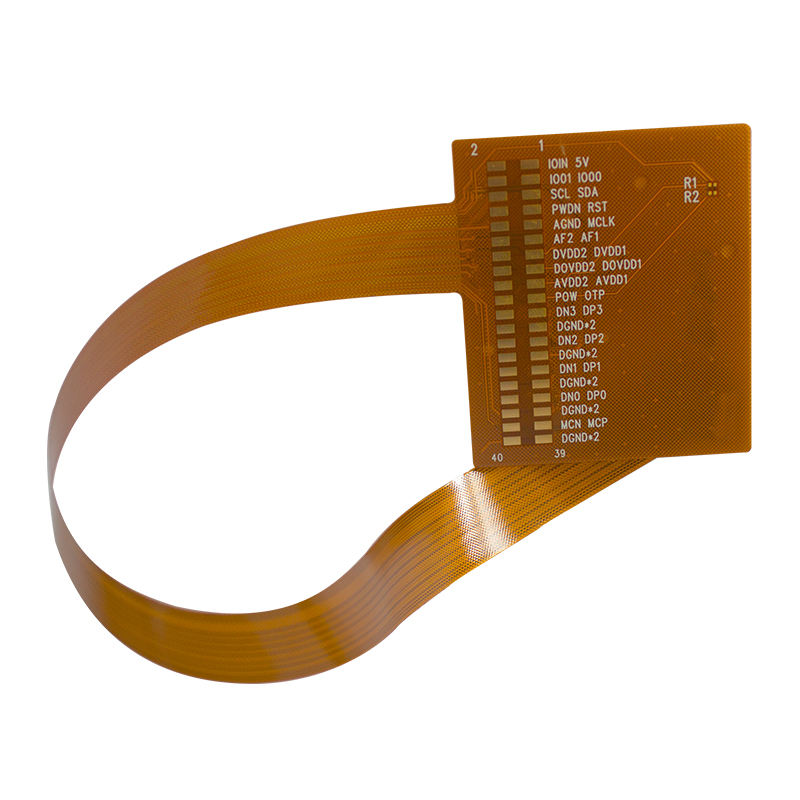Introduce:
Capel is a well-known manufacturer with over 15 years of experience in producing Flexible Circuit Boards (FPC). FPC is popular for its flexibility, durability, and compact design. However, many people often wonder whether the soldering method of FPC is the same as that of ordinary PCBs. In this blog, we will discuss FPC soldering methods and how they differ from traditional PCB soldering methods.
Learn about FPC and PCB:
Before we delve into welding methods, let’s first understand what FPC and PCB are. Flexible PCBs, also known as flexible printed circuit boards or FPCs, are highly flexible, bendable, and can be easily integrated into a variety of devices and applications.
Traditional PCBs, on the other hand, are rigid boards commonly used in electronic devices. They consist of a substrate material, usually made of fiberglass or other rigid material, onto which conductive traces and electronic components are mounted.
Differences in welding methods:
Now that we have a basic understanding of FPC and PCB, it should be noted that the soldering method of FPC is different from that of PCB. This is mainly due to the flexibility and fragility of FPC.
For traditional PCBs, soldering is the most commonly used soldering technique. Soldering involves heating a solder alloy to a liquid state, allowing electronic components to firmly adhere to the surface of a circuit board. The high temperatures used during soldering can damage the fragile traces on the FPC, making it unsuitable for flexible circuit boards.
On the other hand, the welding method used for FPC is often called “flex welding” or “flex brazing”. The technique involves using low-temperature soldering methods that will not damage sensitive traces on the FPC. Additionally, flex soldering ensures that the FPC retains its flexibility and does not damage the components mounted on it.
Benefits of FPC flexible welding:
Using flexible soldering technology on FPC has several advantages. Let’s explore some of the advantages of this approach:
1. Higher flexibility: Flexible welding ensures that the FPC retains its flexibility after the welding process. The use of low-temperature soldering methods prevents traces from becoming brittle or broken during the soldering process, thereby maintaining the overall flexibility of the FPC.
2. Enhanced durability: FPC is often subjected to frequent bending, twisting, and movement. The use of flexible soldering technology ensures that the solder joints can withstand these movements without cracking or breaking, thereby enhancing the durability of the FPC.
3. Smaller footprint: FPC is highly sought after for its ability to be used in compact devices and applications. Using flexible soldering methods allows for smaller solder joints, reducing the overall FPC footprint and enabling seamless integration into smaller, more complex designs.
4. Cost-effective: Flexible soldering methods typically require less equipment and infrastructure than traditional PCB soldering. This makes the manufacturing process more cost-effective, making FPC a viable option for various industries including automotive, aerospace, consumer electronics, and medical devices.
In conclusion:
To sum up, the welding method of FPC is different from that of traditional PCBs. Flexible welding technology ensures that FPC maintains its flexibility, durability, and compact design. Capel has over 15 years of expertise in manufacturing flexible circuit boards and understands the intricacies of flexible soldering methods. Capel is committed to providing high-quality FPC and therefore remains a trusted name in the industry.
If you’re looking for reliable and innovative FPC solutions, Capel is your first choice. With expertise in flexible welding and a commitment to exceeding customer expectations, Capel offers custom FPCs to meet the specific requirements of various industries. Contact Capel today to learn more about their flexible circuit board manufacturing capabilities and how they can help you with your next project.
Post time: Oct-23-2023
Back







